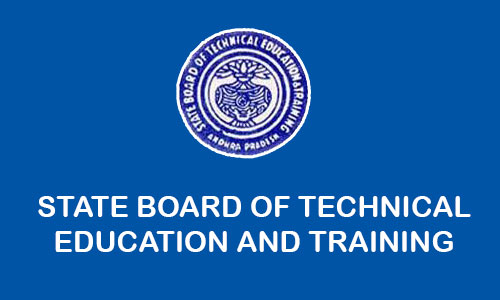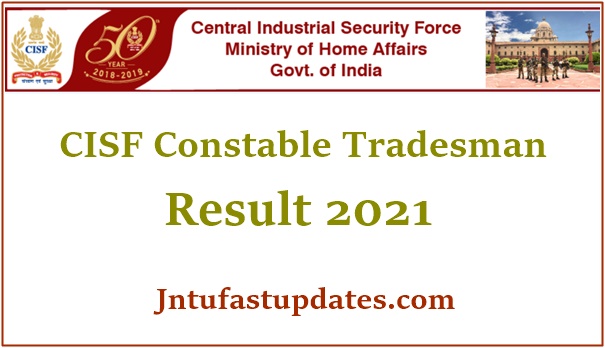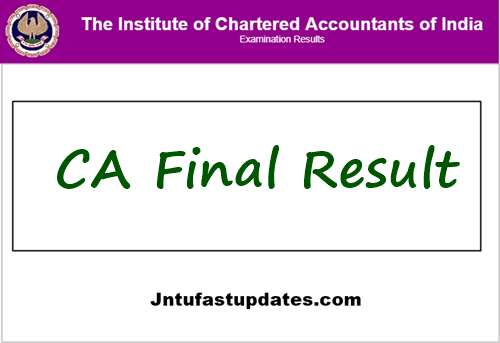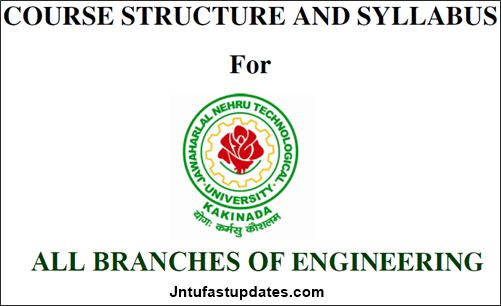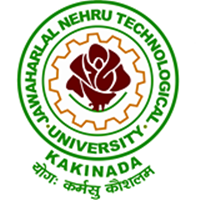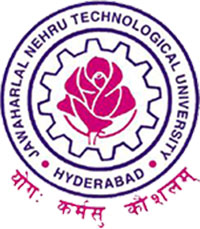JNTUK R16 4-2 Machine Learning Material/Notes PDF Download
Students those who are studying JNTUK R16 CSE Branch, Can Download Unit wise R16 4-2 Machine Learning Material/Notes PDFs below.
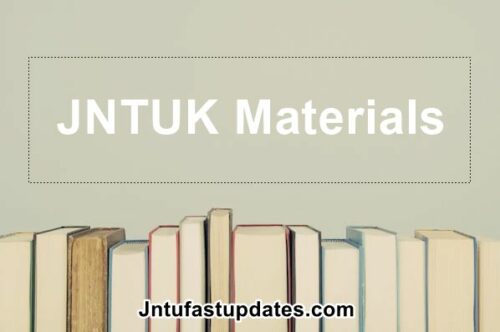
JNTUK R16 4-2 Machine Learning Material/Notes PDF Download
OBJECTIVES:
- Familiarity with a set of well-known supervised, unsupervised and semi-supervised
- learning algorithms.
- The ability to implement some basic machine learning algorithms
- Understanding of how machine learning algorithms are evaluated
UNIT-1
The ingredients of machine learning, Tasks: the problems that can be solved with machine learning, Models: the output of machine learning, Features, the workhorses of machine learning. Binary classification and related tasks: Classification, Scoring and ranking, Class probability estimation
Download UNIT-1 Material PDF | Reference-2 | Ref-3 | Ref-4
UNIT-2
Beyond binary classification: Handling more than two classes, Regression, Unsupervised and descriptive learning. Concept learning: The hypothesis space, Paths through the hypothesis space, Beyond conjunctive concepts
Download UNIT-2 Material PDF | Reference-2 | Ref-3 | Ref-4
UNIT-3
Tree models: Decision trees, Ranking and probability estimation trees, Tree learning as variance reduction. Rule models:Learning ordered rule lists, Learning unordered rule sets, Descriptive rule learning, First-order rule learning
Download UNIT-3 Material PDF | Reference-2 | Ref-3 | Ref-4
UNIT-4:
Linear models: The least-squares method, The perceptron: a heuristic learning algorithm for linear classifiers, Support vector machines, obtaining probabilities from linear classifiers, Going beyond linearity with kernel methods.Distance Based Models: Introduction, Neighbours and exemplars, Nearest Neighbours classification, Distance Based Clustering, Hierarchical Clustering.
Download UNIT-4 Material PDF | Reference-2 | Ref-3 | Ref-4
UNIT-5
Probabilistic models: The normal distribution and its geometric interpretations, Probabilistic models for categorical data, Discriminative learning by optimising conditional likelihoodProbabilistic models with hidden variables.Features: Kinds of feature, Feature transformations, Feature construction and selection. Model ensembles: Bagging and random forests, Boosting
Download UNIT-5 Material PDF | Reference-2 | Ref-3 | Ref-4
UNIT-6
Dimensionality Reduction: Principal Component Analysis (PCA), Implementation and demonstration. Artificial Neural Networks:Introduction, Neural network representation, appropriate problems for neural network learning, Multilayer networks and the back propagation algorithm.
Download UNIT-6 Material PDF | Reference-2 | Ref-3 | Ref-4
TEXT BOOKS:
- Machine Learning: The art and science of algorithms that make sense of data, Peter Flach, Cambridge.
- Machine Learning, Tom M. Mitchell, MGH.
REFERENCE BOOKS:
- UnderstandingMachine Learning: From Theory toAlgorithms, Shai Shalev-Shwartz, Shai BenDavid, Cambridge.
- Machine Learning in Action, Peter Harington, 2012, Cengage.
OUTCOMES:
- Recognize the characteristics of machine learning that make it useful to real-world
- Problems.
- Characterize machine learning algorithms as supervised, semi-supervised, and
- Unsupervised.
- Have heard of a few machine learning toolboxes.
- Be able to use support vector machines.
- Be able to use regularized regression algorithms.
- Understand the concept behind neural networks for learning non-linear functions.

320-x100(1).gif)

